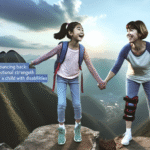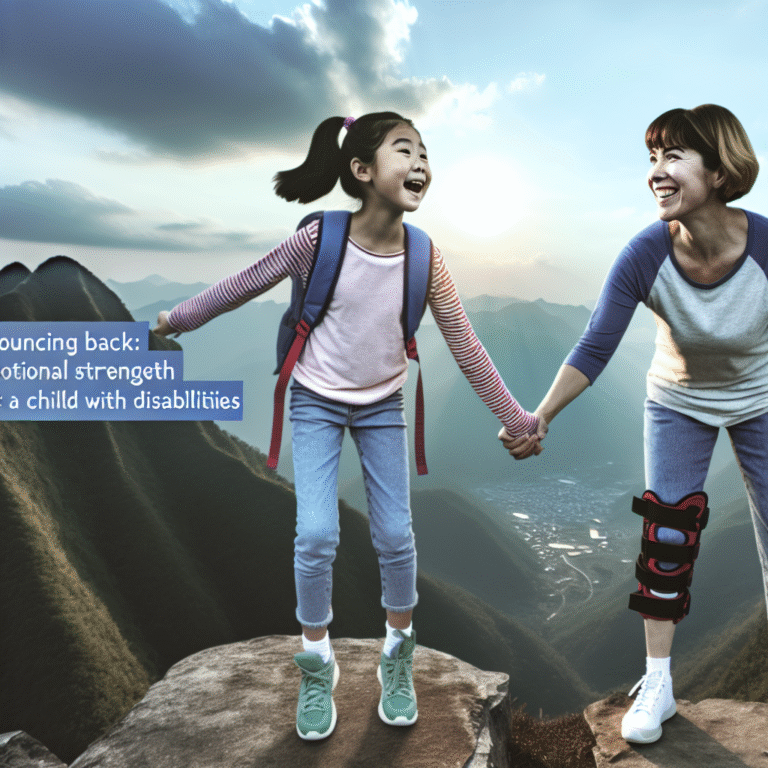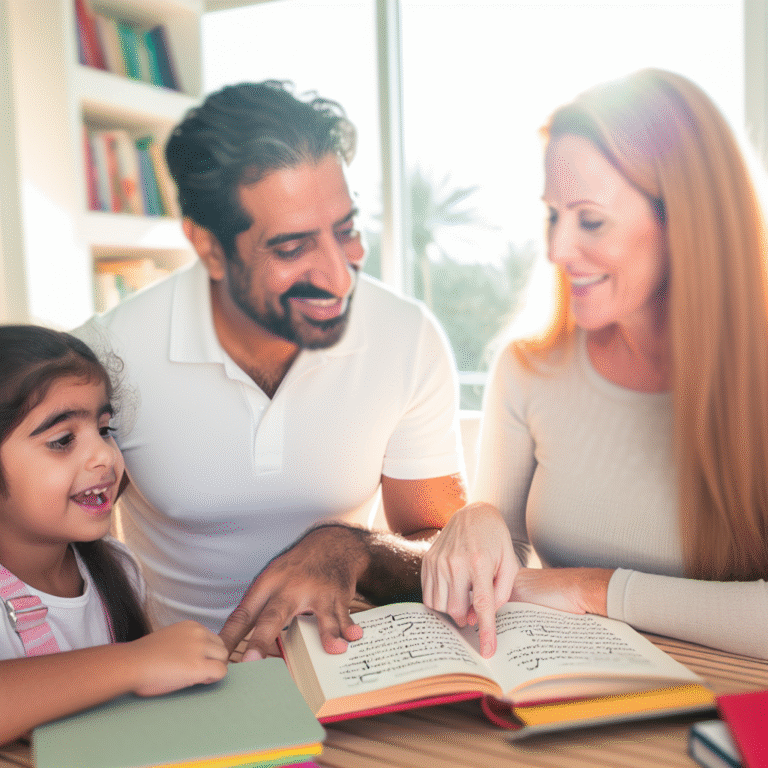
Introduction
In an age dominated by social media, where filtered images and curated lives are the norm, the definition of beauty has been drastically altered. The pervasive influence of these platforms can leave many individuals grappling with their self-worth and body image. The global dialogue surrounding the need for body positivity has never been more crucial. "Redefining Beauty: Embracing Body Positivity in a Filtered World" offers a refreshing perspective that celebrates diversity and authenticity over superficial standards. In following the journey towards self-acceptance, we can discover not only the beauty within but also pave the way for others to feel empowered in their own skin.
The Impact of Social Media on Body Image
The Rise of Filters and Edit Culture
Over the past decade, social media usage has skyrocketed, with platforms like Instagram and Snapchat leading the charge. These platforms allow users to enhance their images with filters, smoothing out imperfections and creating a hyper-realistic portrayal of beauty. Instead of showcasing natural appearances, users often curate their images to present an idealized version of themselves, ultimately distorting societal perceptions of what is considered beautiful.
Case Study: The Butterfly Effect of Filters
A 2020 study revealed that Instagram usage correlated with lower self-esteem among young women, particularly when exposed to images featuring filters and heavy edits. The study indicated that users who followed accounts promoting body diversity reported higher levels of body satisfaction. These findings illuminate the necessity of diversifying representations of beauty in our collective digital landscape.
The Consequences of Unrealistic Standards
The discrepancy between reality and the filtered world can lead to a host of psychological challenges, including body dysmorphia, anxiety, and depression. When individuals continually compare themselves to the often unattainable standards portrayed online, it can foster an environment rife with insecurity.
| Psychological Effects of Filtered Images | Description |
|---|---|
| Body Dysmorphia | A condition in which individuals obsess over perceived flaws |
| Anxiety | Feelings of intense worry and nervousness regarding appearance |
| Depression | A mood disorder marked by persistent feelings of sadness and loss |
Embracing Body Positivity: A Movement of Acceptance
What is Body Positivity?
At its core, body positivity is an empowering movement aimed at promoting self-acceptance and appreciation of all body types. It’s not just about loving one’s current size but also about challenging societal norms and rejecting the stigma attached to various body shapes.
Key Principles of Body Positivity:
- Diversity in Beauty: Acknowledging and celebrating that beauty comes in all shapes, sizes, and colors.
- Self-Love: Encouraging individuals to appreciate themselves beyond external appearances.
- Mental Health Awareness: Understanding the psychological implications of body image issues and advocating for mental well-being.
Real-World Examples of Body Positivity
Case Study: The Campaign for Real Beauty
Launched by Dove in 2004, the Campaign for Real Beauty aimed to redefine beauty standards by featuring women of all shapes, sizes, and ages in their advertisements. The campaign encouraged conversations around body image and ultimately contributed to shifting perceptions of beauty in media.
Analysis: This initiative demonstrated how brands could embrace body positivity and encourage acceptance, proving that diverse representations resonate deeply with audiences. The campaign led to increased sales and brand loyalty, indicating there is a market for honesty and authenticity in advertising.
The Role of Education in Body Positivity
Promoting Body Positivity in Schools
Incorporating body positivity education into school curricula is essential in addressing body image issues from a young age. By fostering discussions around self-acceptance and celebrating diversity, schools can equip students with the tools to navigate the pressures of the digital world effectively.
Workshops and Programs
Programs focused on body positivity and self-love can empower individuals to break free from societal constraints and embrace their uniqueness. These initiatives not only promote self-acceptance but also encourage community support and solidarity.
Case Study: Body Positive Workshops
Various organizations, such as the Body Positive Foundation, conduct workshops aimed at fostering a healthy relationship with one’s body. These sessions include discussions, group activities, and creative expression to help participants confront and overcome negative body image perceptions.
Analysis: The success stories emerging from these workshops highlight the profound impact of community support in the journey toward self-acceptance. Participants often report improved self-esteem and a renewed focus on mental health after engaging in these programs.
The Cultural Shift: Redefining Beauty in Media
Influencers Leading the Charge
In the filtered world of social media, influencers play a pivotal role in shaping narratives around beauty and self-acceptance. By utilizing their platforms to share unfiltered images and stories of vulnerability, they encourage their audiences to reflect on their standards of beauty.
Case Study: The #NoFilter Movement
In 2015, the #NoFilter movement gained traction on social media, promoting authenticity over edited perfection. Influencers began sharing raw, unedited photos, showcasing their real selves and encouraging followers to do the same.
Analysis: The #NoFilter movement represents a significant cultural shift towards embracing authenticity in the digital realm. By normalizing the idea that it’s okay to be imperfect, these advocates directly challenge prevailing beauty standards.
The Power of Representation
Beyond influencers, representation in mainstream media—such as films, television shows, and advertisements—significantly impacts how society perceives beauty. When individuals see themselves reflected in positive representations, it fosters a sense of belonging and empowerment.
Case Study: Inclusive Casting in Hollywood
Films like "The Upside" and "A Star is Born" have actively cast actors of various body types and backgrounds, aiming to broaden the scope of representation. Such choices challenge the narrow definitions of beauty often portrayed in the entertainment industry.
Analysis: Inclusive casting serves not only to redefine beauty on-screen but also reinforces the notion that diverse experiences and body types are deserving of recognition and admiration.
The Intersection of Body Positivity and Fashion
A Shift in the Fashion Industry
Historically, the fashion industry has perpetuated restrictive beauty standards. However, recent years have seen a considerable shift towards inclusivity with many brands embracing body positivity.
Case Study: Aerie’s Real Campaign
Aerie, a lingerie brand, launched their "Aerie Real" campaign, using unretouched images of models and redefining beauty within the fashion world. The initiative was met with widespread acclaim, leading to significant increases in sales and customer loyalty.
Analysis: The impact of this movement demonstrates that consumers are longing for authenticity in a market saturated with unrealistic ideals. Aerie successfully positioned itself as a brand that celebrates all body types, creating a path for others to follow suit.
Body Positivity Through Fashion Representation
Fashion shows are beginning to feature a broader array of models, including those who are plus-size, differently-abled, and of diverse ethnicities. These practices not only challenge the status quo but also inspire consumers to embrace their bodies.
Case Study: Savage X Fenty Fashion Show
Rihanna’s Savage X Fenty fashion show was groundbreaking, showcasing models of all shapes, sizes, and backgrounds. The show was celebrated for its inclusive approach and brought body positivity to the forefront of the fashion scene.
Analysis: By redefining beauty through diverse representations in fashion, the industry can play a significant role in fostering acceptance and admiration for all body types.
The Future of Body Positivity: Continued Advocacy
Building Supportive Communities
The journey towards redefining beauty and embracing body positivity continues as more individuals seek connection and affirmation. Supportive communities—both online and offline—are essential in nurturing this movement.
Advocacy and Policy Changes
As discussions surrounding body positivity gain momentum, integrating advocacy for policy changes to support mental health and body image awareness is crucial. Collaborations between organizations, educators, and policymakers will pave the way for a healthier dialogue around beauty standards.
Celebrating Progress
It’s essential to celebrate progress in the body positivity movement while recognizing there’s more work to be done. By sharing stories of change, individuals can draw inspiration from one another and work collectively to further redefine beauty ideals.
Conclusion
"Redefining Beauty: Embracing Body Positivity in a Filtered World" serves as a reminder that true beauty lies in authenticity, diversity, and self-love. As we navigate a society increasingly influenced by filtered images, it is essential to embrace our individuality and challenge conventional standards. Through the collective efforts of individuals and brands alike, we can foster an environment that uplifts all body types and encourages acceptance. Let each of us be a catalyst for change, inspiring others to redefine beauty on their terms.
FAQs
1. What does body positivity mean?
Body positivity means embracing and accepting all body types, promoting a healthy relationship with oneself, and challenging societal beauty norms.
2. How can social media impact body image?
Social media can impact body image by promoting unrealistic beauty standards through curated and edited images, leading to comparison and negative self-perception.
3. What are some ways to practice body positivity?
To practice body positivity, focus on self-acceptance, seek out diverse representations of beauty, engage in positive self-talk, and surround yourself with supportive communities.
4. How can schools promote body positivity?
Schools can promote body positivity through education, workshops, and creating safe spaces for students to discuss body image and self-acceptance.
5. Why is representation important in media?
Representation is important in media because it validates diverse experiences and body types, fostering acceptance and creating a sense of belonging for individuals from all walks of life.
In navigating our journey, let’s remember that redefining beauty starts with each one of us and that embracing body positivity is essential in building a world that values authenticity and diversity.












